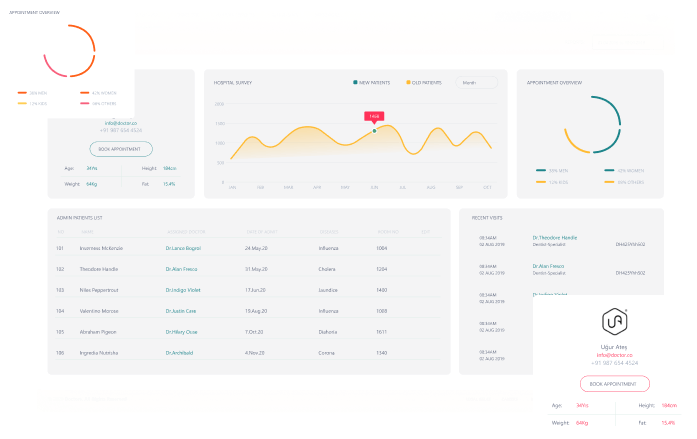How RAS uses Loss Data
Now for those 10 years of loss data, where conventional actuarial practice will look at all 10 years, and possibly one slice of 9 years, there are 28 possible slices of 4 or more years of the data. There’s all 10 years, the first 9 and the last 9, the first 8, next 8 and last 8, 4 slices of 7 years, 5 slices of 6 years, and so on for a full 28 slices of 4 or more years – which is the minimum for a viable Loss Development (LD) or Regression Analysis (REG). And we run the 28 slices for each of 10 SIRs for 280 LD analyses and 280 Linear REG (LinReg) analyses.
RAS may also run 280 Logarithmic REG (LogReg) analyses, as the data sets may better fit logarithmic curves than linear straight lines. That can then be a total of 560* (LD+LinReg) analyses per Coverage. For 2 coverages, that’s 1120 analyses, for each of which we produce a 3-page Executive Summary and an 8-page (LD) to 16 page (Reg) detailed analysis (which includes a full audit trail, suitable for inclusion in Notes in 10k’s and as extra support for regulatory and Board of Directors documentation purposes.
RAS has also created Summary evaluative statistical profiles comparing each of the component analyses, to enable a skilled analyst to make rapid sense of the deep dive into the data. This enables RAS to create credible granular profiles of estimated expected losses within successive loss layers. We can therefore see, for example, that our estimated expected losses for increasing our SIR from $500k to $600k is an additional $100,000; while the insurance market, with its Benchmark-inflated estimates are often expecting much larger losses (perhaps $1 million) for that same $500 to $600k layer.
The insurer often offers large credits (perhaps $500,000 – a 50% “credit”), for which we may be expecting $100,000, so our client has saved a net $400,000. This actually works in practice, and it can work in any situation where the data and the market supports it. The key is diving deep into the data. This type of exhaustive deep dive is possible and economically feasible because of RAS’s proprietary system!

